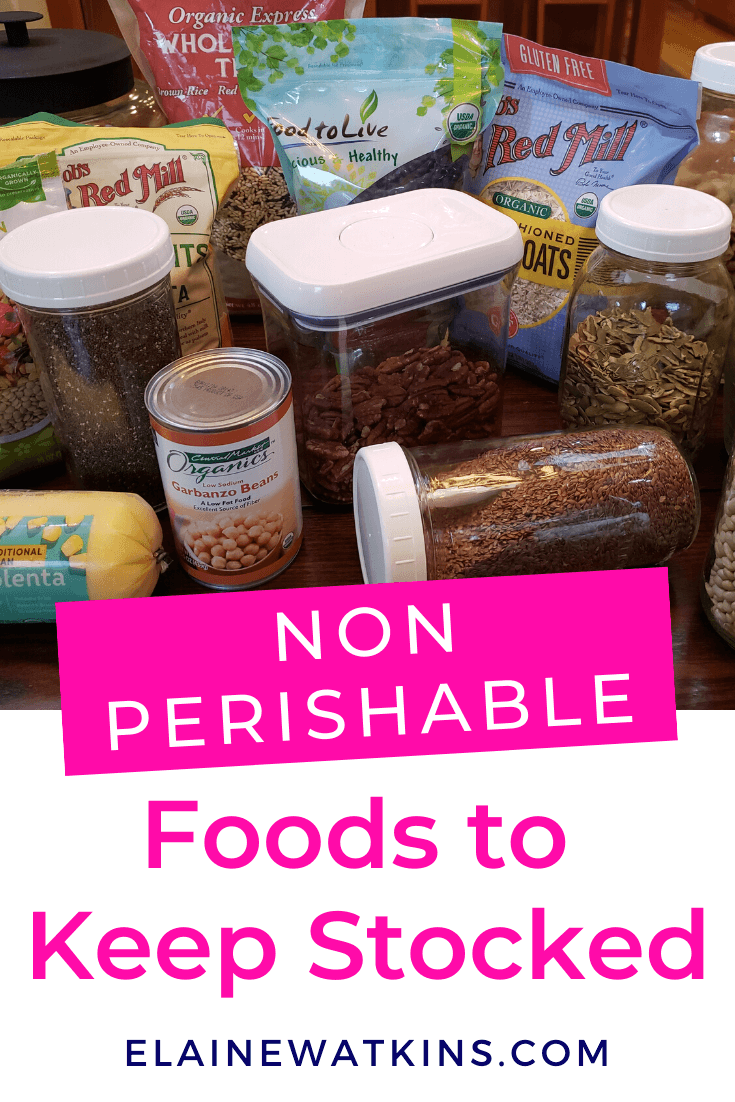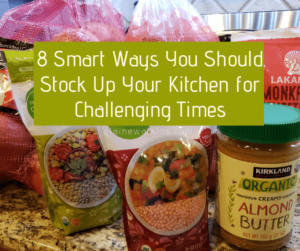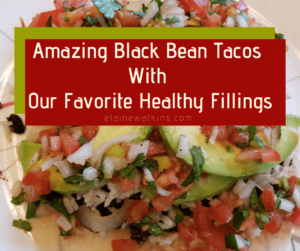My Top 8 Non Perishable Foods to Keep Stocked

Here we all are in challenging times with a lot of potential for all kinds of challenges and stressors, so it’s definitely a good time to stick with real food that supports real health. It’s really not complicated, when so many non perishable foods are actually good choices. non perishable
So today I’m sharing my top 8 non perishable foods to keep stocked and ready to keep your family healthy and well fed through challenging times. shelf stable
By doing this you limit your need to shop and restock, and also limits your time in your local grocery stores when you do have to shop.
Top 8 Non Perishable Foods
Under normal circumstances, I like to keep a healthy supply of non perishable food options stocked up. This helps me build a variety of healthy meals easily but also gives me the opportunity to buy when items are at a good price and reduce the number of times I have to go to the store. My top 8 non perishable foods to keep stocked (to make my life easier) are:
- Beans Beans Beans
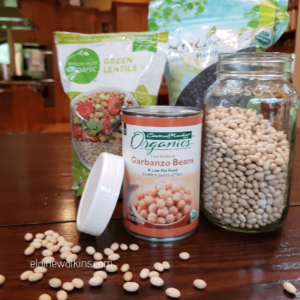
-
- Dry
- Canned
- Grains
- Oats like gluten free rolled oats for meals, snacks, and can be used for oat flour and oat “milk”
- Quinoa (technically a seed)
- Rice
- Other grains like corn (polenta, meal, and flour) and preferred gluten free flours
- Nuts and Seeds
- Whole and nut pieces like almonds and cashews, etc.
- Nut butters
- Nut “milks” or enough nut supply to make your own
- Fruits and Vegetables
- Canned/jarred like pasta sauce, diced tomatoes, apple sauce, and salsa
- Dried like dates, sun-dried tomatoes, berries, and onions
- Powdered like greens, berries, etc.
- Shelf-stable plant “milk” like almond, coconut, and oat
- Nutrient-rich snacks
- Bars
- Trail mix
- Freeze dried fruits and vegetables
- Teas, coffee, and water (depending upon situation, don’t forget calming herbal teas like chamomile, lemon balm, etc)
- Shelf-stable condiments and seasonings
- Ground garlic, cumin, cinnamon, onion, etc.
- Ketchup, mustard, etc.
- Vinegars and oils
- Salt and sweeteners
How Much and How Often
There can be a lot to consider when figuring out how much of a shelf-stable, non perishable food item to buy, so under normal circumstances, I: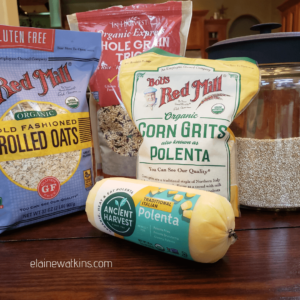
- consider current and possible prices in emergencies
- determine how fast we go through an item and what I use it for
- consider availability of each item (local or international, commonly sought after)
- check how much I currently have so I can go through older supplies timely
- consider what other non-perishable options I would rotate with this item
- estimate what else I would need to prepare it (water, oven)
- have an idea/plan of what meals/snacks I would rotate through during a time of emergency
- seek out options that are nutrient dense and filling
- how will I store
So if I take rolled oats as my example, I know:
- we eat at least 1 cup of gluten free oats most mornings for breakfast, sometimes grind it for oat flour, and sometimes use in treat recipes
- a typical 32 ounce bag has 8 cups
- it needs double the amount of water to prepare most (not all) options
- all my typical shopping sources have 1 of my 2 preferred brands at varying prices
A slightly different example would be rice and quinoa (non perishables) and potatoes, which I rotate but often use similarly for meal variety. For these, I would take into consideration my amount available of each when purchasing those.
I like to have a pretty good idea of where I can get the best price from my common choices. By the time I’m at a grocery store, I’ve already looked my items up online and often already have them in my online carts for quick reference and a quick selection of the best deal once I’ve seen what’s available at the store and which purchase is best. Then I just get enough to fit my expected needs (with a little wiggle room) at that time for a 1-2 month supply.
Also leading into potentially challenging times, like higher prices or supply shortages, I chose to increase the non perishable items I already had at home to give me roughly a 2-3 month supply.
Preferences
When I shop under normal circumstances, I usually seek out non perishable, shelf stable foods that are healthier options that keep me within my budget and will last my family 1-2 months. I compare online and in-person purchase prices, with a general idea of what I want available for meals and snacks, and I usually choose the best bargain for the best quantity that we can eat within a reasonable amount of time.
I’m usually looking for my preferred brands, but alternative brand replacements are fine too. My priorities are:
- healthy, real food ingredients for meals and snacks so we’re fed and not hurting our health
- limited/avoided unwanted additives and ingredients as much as possible
- support nutrient-rich, filling selections
- unseasoned if/when possible so I can control and vary seasonings for variety
When options are scarce because of emergency situations, then I just do the best I can to hit as many of my goals as possible with staying fed and healthy as my top goals.
There you go!
That’s my top 8 non-perishable foods to keep stocked and how I do it, both under normal circumstances and currently in the midst of this crazy quarantine.
These super simple strategies might just help you save a little money while also consistently building healthy meals without a lot of added stress.
And to help you even more, here are links to two other posts using some of my non perishable foods:
